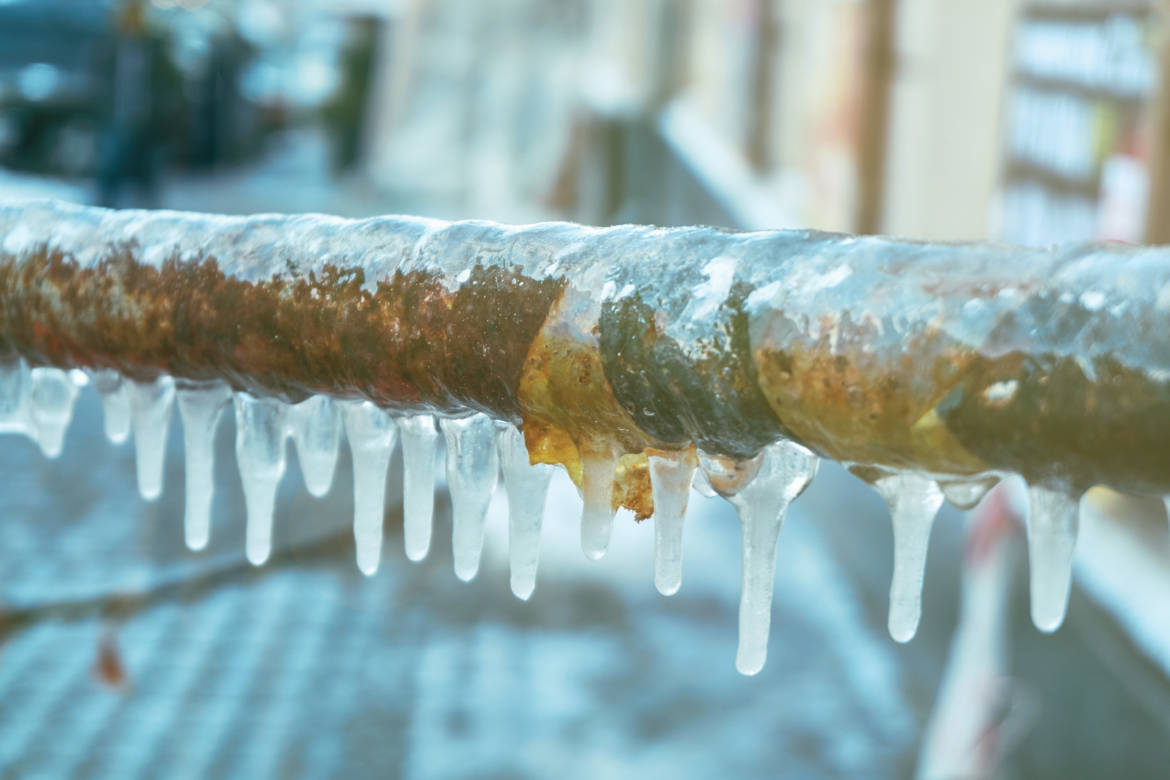Preventing Frozen Pipes in Cold Weather: Essential Strategies
Preventing Frozen Pipes in Cold Weather: Essential Strategies
Blog Article
They are making a number of good pointers relating to Preventing and dealing with frozen pipes in general in the article in the next paragraphs.

Winter can ruin your pipes, specifically by freezing pipes. Here's how to prevent it from happening and what to do if it does.
Intro
As temperature levels decline, the threat of frozen pipes rises, potentially bring about costly fixings and water damage. Recognizing how to avoid icy pipelines is important for home owners in cool environments.
Avoidance Tips
Protecting prone pipes
Cover pipelines in insulation sleeves or use heat tape to secure them from freezing temperature levels. Concentrate on pipelines in unheated or external locations of the home.
Heating techniques
Keep indoor rooms properly heated, especially locations with pipes. Open up cabinet doors to allow warm air to circulate around pipes under sinks.
How to recognize icy pipes
Look for decreased water flow from taps, unusual odors or sounds from pipelines, and visible frost on exposed pipes.
Long-Term Solutions
Structural adjustments
Take into consideration rerouting pipelines away from outside wall surfaces or unheated areas. Include additional insulation to attics, cellars, and crawl spaces.
Upgrading insulation
Buy high-grade insulation for pipes, attic rooms, and walls. Proper insulation assists preserve regular temperatures and lowers the danger of icy pipelines.
Shielding Outside Plumbing
Yard pipes and outdoor faucets
Separate and drain garden hoses prior to winter season. Install frost-proof spigots or cover outdoor taps with protected caps.
Understanding Frozen Pipes
What triggers pipes to freeze?
Pipes ice up when exposed to temperatures listed below 32 ° F (0 ° C) for expanded periods. As water inside the pipes freezes, it expands, putting pressure on the pipeline walls and potentially causing them to rupture.
Dangers and damages
Frozen pipes can cause water disturbances, home damages, and costly repair services. Burst pipes can flooding homes and create substantial structural damage.
Indications of Frozen Piping
Recognizing icy pipelines early can stop them from bursting.
What to Do If Your Pipelines Freeze
Immediate activities to take
If you suspect frozen pipes, keep taps open up to ease pressure as the ice thaws. Utilize a hairdryer or towels taken in warm water to thaw pipelines gradually.
Conclusion
Avoiding icy pipelines requires positive measures and fast reactions. By comprehending the reasons, signs, and preventive measures, house owners can safeguard their plumbing during cold weather.
5 Ways to Prevent Frozen Pipes
Drain Outdoor Faucets and Disconnect Hoses
First, close the shut-off valve that controls the flow of water in the pipe to your outdoor faucet. Then, head outside to disconnect and drain your hose and open the outdoor faucet to allow the water to completely drain out of the line. Turn off the faucet when done. Finally, head back to the shut-off valve and drain the remaining water inside the pipe into a bucket or container. Additionally, if you have a home irrigation system, you should consider hiring an expert to clear the system of water each year.
Insulate Pipes
One of the best and most cost-effective methods for preventing frozen water pipes is to wrap your pipes with insulation. This is especially important for areas in your home that aren’t exposed to heat, such as an attic. We suggest using foam sleeves, which can typically be found at your local hardware store.
Keep Heat Running at 65
Your pipes are located inside your walls, and the temperature there is much colder than the rest of the house. To prevent your pipes from freezing, The Insurance Information Institute suggests that you keep your home heated to at least 65 degrees, even when traveling. You may want to invest in smart devices that can keep an eye on the temperature in your home while you’re away.
Leave Water Dripping
Moving water — even a small trickle — can prevent ice from forming inside your pipes. When freezing temps are imminent, start a drip of water from all faucets that serve exposed pipes. Leaving a few faucets running will also help relieve pressure inside the pipes and help prevent a rupture if the water inside freezes.
Open Cupboard Doors
Warm your kitchen and bathroom pipes by opening cupboards and vanities. You should also leave your interior doors ajar to help warm air circulate evenly throughout your home.

I was introduced to that write-up on Helpful Tips to Prevent Frozen Pipes this Winter through someone on our other web page. If you please take the time to distribute this blog entry if you enjoyed it. Thank you so much for your time spent reading it.
Visit Url Report this page